Gould Piano Trio - Mendelssohn: Piano Trios Nos. 1 & 2 (2002)
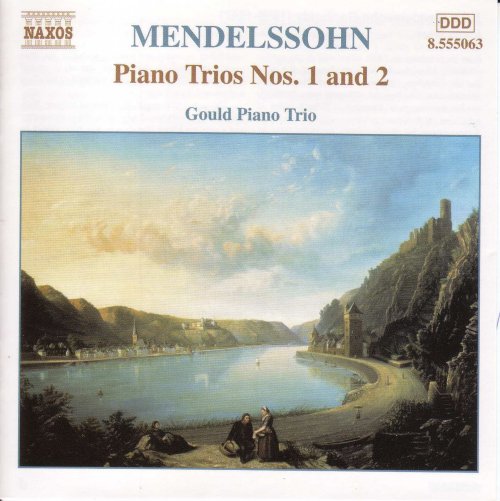
Artist: Gould Piano Trio
Title: Mendelssohn: Piano Trios Nos. 1 & 2
Year Of Release: 2002
Label: Naxos
Genre: Classical
Quality: FLAC (tracks) / MP3 320 Kbps
Total Time: 57:05
Total Size: 266 Mb / 149 mb
WebSite: Album Preview
Tracklist: Title: Mendelssohn: Piano Trios Nos. 1 & 2
Year Of Release: 2002
Label: Naxos
Genre: Classical
Quality: FLAC (tracks) / MP3 320 Kbps
Total Time: 57:05
Total Size: 266 Mb / 149 mb
WebSite: Album Preview
Piano Trio No. 1 in D minor, Op. 49, MWV Q29 (Felix Mendelssohn)
1. I. Molto allegro agitato 09:33
2. II. Andante con moto tranquillo 06:39
3. III. Scherzo: Leggiero e vivace 03:43
4. IV. Finale: Allegro assai appassionato 08:32
Piano Trio No. 2 in C minor, Op. 66, MWV Q33 (Felix Mendelssohn)
5. I. Allegro energico e fuoco 10:44
6. II. Andante espressivo 06:46
7. III. Scherzo: Molto allegro quasi presto 03:32
8. IV. Finale: Allegro appassionato 07:36
Performers:
Gould Piano Trio:
Benjamin Frith (piano)
Lucy Gould (violin)
Alice Neary (cello)
Into the lists with their Mendelssohn trios come the young and talented Gould Piano Trio – Lucy Gould, violin, Martin Storey, cello and Benjamin Frith, piano. There is no shortage of competitors and even at budget price there must be sufficient tonal variety and musical acuity to attract attention to the playing. I found them more convincing in the C minor, Op 66 trio than in the earlier D minor. In the somewhat-too-recessed ambience of Naxos’s currently favoured Potton Hall in Suffolk the Gould begin the Op 49 with conviction but rather fey phrasing, which threatens to sabotage Mendelssohn’s Molto allegro agitato marking. Their commitment to flexible phrasing springs from admirable roots but comes at the cost of architectural coherence. In the Andante con moto tranquillo I found their rubato slightly affected, despite Gould’s expressive nuances, and the point-making scherzo somewhat unyielding. Throughout I found them straining too hard, fusing over-nuanced phrasing with disparities of tempi.
If the Op 49 trio never really settled then I found the Op 66 a good deal better. Alighting on a tempo giusto they stick to it; expressive devices are put to the service of the work as a whole. The vigorous first movement is assertive and well moulded; the Andante expressivo is delivered with simplicity and gains all the more for it. Good dynamics inform the Scherzo which is properly fleet. The Finale could perhaps do with greater unanimity and weight of string tone but throughout Benjamin Frith provides the motor necessary to galvanize his partners.
Throughout some extraneous noises can be heard – cello rasps especially and a virtuoso amount of anticipatory sniffing from Lucy Gould, which is normally of little account to me but may be off-putting on repeated hearing. For patrician recordings the Stern-Rose-Istomin traversals are on Sony SMK 64519. Historically minded aficionados of great playing will want the Cortot-Thibaud-Casals recording of No 1, available on Biddulph LHW002; the perceptive will also want the Sammons-Tertis-Murdoch recording in its viola arrangement on Biddulph LAB023. These are the earliest electrical recordings of both works and still worthy of intense study. -- Jonathan Woolf
If the Op 49 trio never really settled then I found the Op 66 a good deal better. Alighting on a tempo giusto they stick to it; expressive devices are put to the service of the work as a whole. The vigorous first movement is assertive and well moulded; the Andante expressivo is delivered with simplicity and gains all the more for it. Good dynamics inform the Scherzo which is properly fleet. The Finale could perhaps do with greater unanimity and weight of string tone but throughout Benjamin Frith provides the motor necessary to galvanize his partners.
Throughout some extraneous noises can be heard – cello rasps especially and a virtuoso amount of anticipatory sniffing from Lucy Gould, which is normally of little account to me but may be off-putting on repeated hearing. For patrician recordings the Stern-Rose-Istomin traversals are on Sony SMK 64519. Historically minded aficionados of great playing will want the Cortot-Thibaud-Casals recording of No 1, available on Biddulph LHW002; the perceptive will also want the Sammons-Tertis-Murdoch recording in its viola arrangement on Biddulph LAB023. These are the earliest electrical recordings of both works and still worthy of intense study. -- Jonathan Woolf
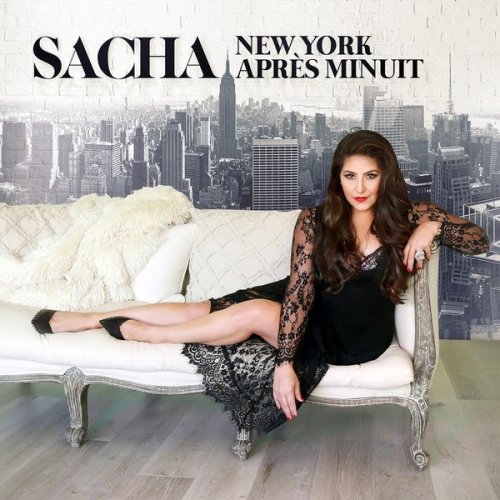

![Clifton Chenier - Bon Ton Roulet! (1967) [Hi-Res] Clifton Chenier - Bon Ton Roulet! (1967) [Hi-Res]](https://img.israbox.com/img/2025-12/20/a5svymspyands9f5esq020o3f.jpg)
![Santi Vega - Un Instante Infinito (2025) [Hi-Res] Santi Vega - Un Instante Infinito (2025) [Hi-Res]](https://img.israbox.com/img/2025-12/19/xkxaonr6q5o8ydwyf3z1c8tp5.jpg)
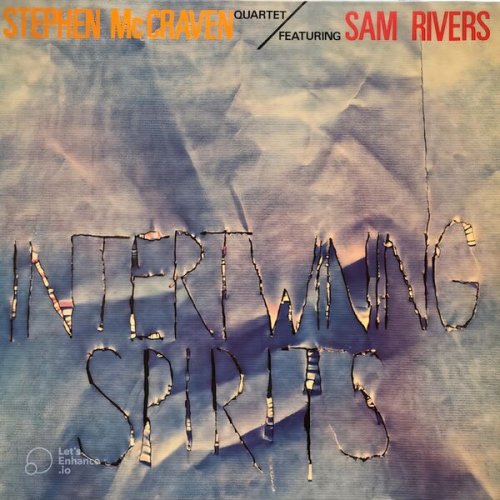
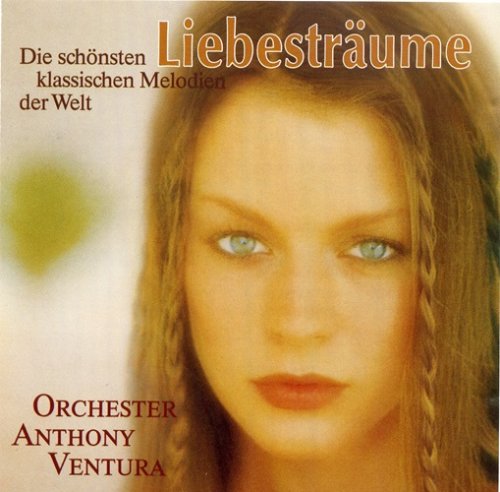
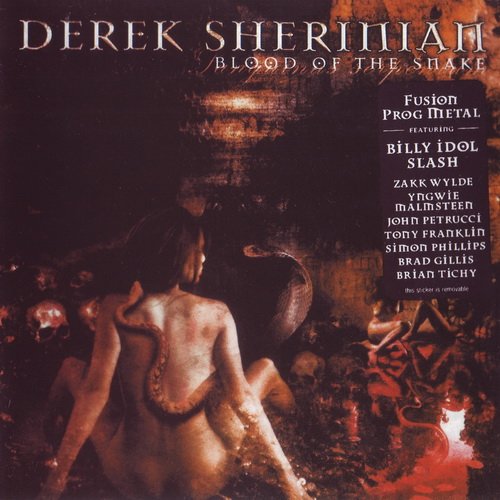
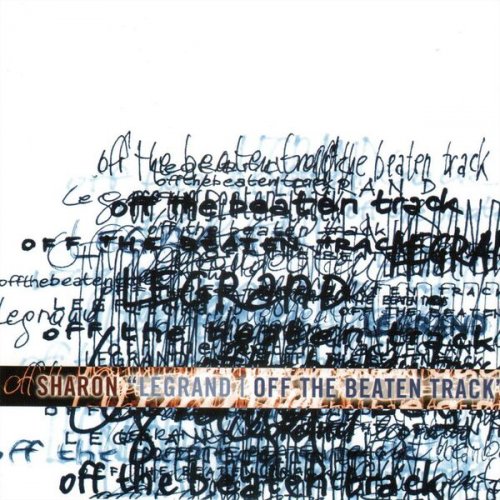
![Joshua White - Flora and Fauna: 9 Preludes for Solo Piano (2025) [Hi-Res] Joshua White - Flora and Fauna: 9 Preludes for Solo Piano (2025) [Hi-Res]](https://img.israbox.com/img/2025-12/19/1w90raxdb6ohgwszk3wk3pfts.jpg)